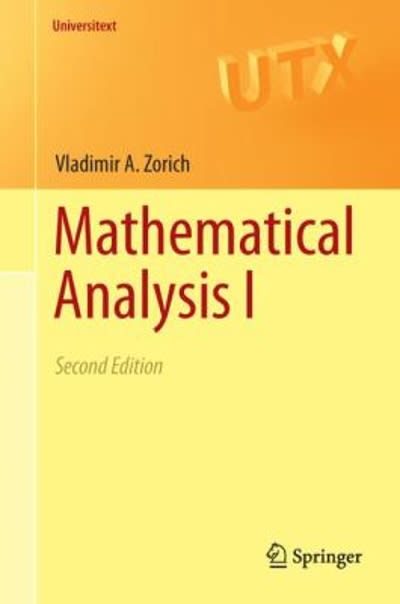Answered step by step
Verified Expert Solution
Question
1 Approved Answer
Calculus 3.3 1. Find the derivative of f(@) = -5vc+ Type your answer without fractional or negative exponents. Use sqrt(x) for VI. f' (x) =fTI
Calculus 3.3
1.





Step by Step Solution
There are 3 Steps involved in it
Step: 1

Get Instant Access to Expert-Tailored Solutions
See step-by-step solutions with expert insights and AI powered tools for academic success
Step: 2

Step: 3

Ace Your Homework with AI
Get the answers you need in no time with our AI-driven, step-by-step assistance
Get Started


